In this episode of the IBKR Podcast, we unpack the latest tariff turmoil and why Wall Street isn’t playing along. Chief Market Strategist Steve Sosnick and Senior Economist Jose Torres join host Andrew Wilkinson to explore the political calculus, economic fallout, and whether the Fed—or the White House—will flinch first.
Summary – IBKR Podcasts Ep. 242
The following is a summary of a live audio recording and may contain errors in spelling or grammar. Although IBKR has edited for clarity no material changes have been made.
Andrew Wilkinson
Welcome to this week’s IBKR podcast. I’m Andrew Wilkinson. Joining me today is Steve Sosnick, Chief Market Strategist here at Interactive Brokers. Welcome, Steve.
Steve Sosnick
Hello, Andrew.
Andrew Wilkinson
And Jose Torres, Senior Economist with us here in Greenwich, Connecticut. How are you doing, Jose?
Jose Torres
Hi, Andrew. Hi, Steve. Great to see you both.
Andrew Wilkinson
Alright.
Steve Sosnick
You brought some tough weather with you. I wanted the Florida weather, not this 40 degrees.
Andrew Wilkinson
No chance of that this week. So folks, this week, Liberation Day came and went—and in some corners, it’s been renamed “Obliteration Day” on account of how equity markets have received the news. I think JPMorgan’s raised its recession risk to 60%. Goldman Sachs increased its recession risk to 45%. Jose, I’ll start with you. Despite a strong employment report to cap off last week, a recession seems far more likely now, doesn’t it?
Jose Torres
Absolutely. The tariff concerns are totally offsetting the positivity viewed from the jobs report last week. The tariff rates are going to be roughly 25% on U.S. imports—that’s the most in over a century. So we’re talking about a significant shift in the way companies do business. But then also, we’re looking at a significant change in firm financial statements—and how bottom lines are going to weather the elevated uncertainty as well as the potential for rising costs. We’re looking at compressing margins, an environment where earnings growth is going to be hard to achieve with these policies. And because of those headwinds, the market has adjusted lower.
Andrew Wilkinson
Steve, what’s the feeling across Wall Street? How would you phrase this?
Steve Sosnick
Dismayed, I think. I described it in the Wall Street Journal—I said there were a lot of confused, scared, and angry people out there. And I think that applies. I think the news itself caught a lot of people by surprise, and the reaction shows that. For people who are not necessarily in the markets all the time, day in and day out, they’re confused and in many cases, nervous. They’re looking at their 401(k)s. I’m getting a lot of calls from friends and my kids’ friends: “What do I do?” Unfortunately, I think the market was craving a little bit of empathy from some people in the administration—and we didn’t get it this weekend.
I basically overdosed on news shows this weekend. I think Treasury Secretary Besson tried a very intellectual approach. I think it was not necessarily well-received, but I understood what he was doing. And I think Commerce Secretary Lutnick and Peter Navarro, a senior counselor, were almost combative. That’s not what investors wanted. They wanted some reassurance. They wanted a pat on the head—and they didn’t necessarily get it. So I think right now the market mood is very stressful. Volatility of this nature both reflects stress and causes stress. And this is what we’re living through right now.
Andrew Wilkinson
Jose, whose problem is this? Is it Donald Trump’s, or is it a problem for the rest of the world? And how does it resolve?
Jose Torres
Real quick, I just want to talk a little bit about the point that Steve mentioned earlier. We bulls thought we caught a reprieve today at around 9:45 AM when economic advisor Hazetnew stated that President Trump was considering a 90-day halt on the tariffs ex-China. And the market—I couldn’t believe my eyes—the S&P went from like 4,950 up to 5,246 or so.
Steve Sosnick
It was over an 8% trading range.
Jose Torres
Yeah. Yeah, so that was insane. As I’m writing my morning commentary… For so long, Steve, Andrew, the market has been conditioned to—when you have that volatility—something happens, someone comes out, and then you get that buy-the-dip moment. But today, that moment was very short-lived. It didn’t last long, because once the White House said that was fake news, the gains were immediately pared back—albeit not back to the lows. The day ended at 4,835, which is roughly flat since January 2022. That’s roughly the same level we were at three and a half years ago on the S&P.
So, I guess back to the question: is it Trump’s problem or is it the whole world’s problem? At this point, President Trump is trying to accomplish some difficult goals—and it’s a risky path. It’s a path that we can go on as an economy, as a nation, but it doesn’t necessarily guarantee us any benefits in three to five years from the onshoring manufacturing standpoint.
Now, on the fiscal balance front, the issue is that this market has had so much fiscal stimulus post-COVID, and we’re not conditioned to seeing a pullback of that magnitude—even if it’s just slight—because we’re conditioned to seeing it grow. So the trade policy, while at the same time the government spending reductions are happening, are really significant headwinds to this market. And when we look at austerity measures in the past, we see that they are painful—for economies and for markets.
As far as the whole world, especially the developing world, it stands to feel the impact the most relative to the U.S. and Europe. The impact is likely to be worse. I think we’re looking at a global recession here if these aggressive trade policies aren’t pared back shortly.
Andrew Wilkinson
Steve, we’re knocking on the door of a bear market. We’re probably there in the case of some indices. What are your thoughts from here? Where can we go?
Steve Sosnick
I think the answer lies in the question you just asked Jose. It’s up to the administration at this point. First of all, I’m not in love with the technical definition of 10% as a correction and 20% as a bear market. And I think we may have gotten to 20% on the S&P this morning—for a microsecond there. Those are sort of artificial distinctions.
Right now, it’s more about mood. It’s more about sentiment. And I think the sentiment has gotten so resolutely negative tha has a bear market feel to it. And the bounce today had that bear market rally feel to it.
Although I will say, if it had been true—if it had actually been true—there would’ve been real justification for a rally, because that would’ve been genuinely good news.
But even bear market rallies, I always say, are short, sharp, and ferocious. Nobody likes missing a decline. We still see a lot of dip-buying activity.
I don’t know where dip buying becomes a falling knife. I think at this point, you’ve also got the market desperately looking for either a Trump put or a Fed put.
I think there were plenty of opportunities over the last few days to get a Trump put—and we didn’t get it.
Basically, there has been, as I mentioned earlier, no sympathy—no regard, no inclination to do anything specifically to assuage the market. And so they’re very tied into this policy, which has a lot of detractors—even on the right.
There’s a lawsuit filed by a group backed by Leonard Leo and Charles Koch—who are not exactly left-wingers—against the tariffs. And there was a guy on Bloomberg Radio from the Heritage Foundation expressing concerns about this.
So there’s bipartisan concern, which I think in some ways is reflective of the bear market mood.
As far as the Fed put goes, one of the things I like to remind people is:
Number one, we don’t know what the strike price is on the Fed put—they don’t tell us.
And number two, it actually has nothing to do with equities. Yes, the first Fed put—and I’ll put the link somewhere in the chat—I wrote about this years ago—the first Fed put came about as a result of the ’87 market crash.
Yes, the Fed intervened in response to the market crash. But it wasn’t because the stock market had crashed per se. It was because the effects of the stock market crash were being felt in the banking system.
And I wrote about it because I remember very vividly being in a meeting that morning and basically saying, “The specialist system is broke.”
Some of the banks that back the specialist firms are in trouble now. And remember—you had a five-day settlement cycle then. So it was very difficult to wrestle with at that point.
And so the Fed put had nothing to do with stocks. It was the banking system. It was liquidity.
And so as of now, we’re not seeing those stresses. We’re seeing credit spreads widen.
We’re seeing interest rates themselves—because of the flight to safety—we’ve seen a big rally in Treasury bonds.
Again, you’re seeing some dispersion between high-yield spreads, and that may resolve itself in some negative ways.
But until now—and maybe Jose can give you some clarity on this one—the one thing I’ve really been searching for an answer to is:
If the two elements of the Fed’s dual mandate work in opposition to each other, which one do they prioritize?
So, tariffs are likely to raise prices. I think Powell regrets using the term “transitory,” but there’s certainly a ratchet effect—they push prices up quickly, and then the price rises get filtered through.
But in any event, you’ll have higher prices.
As of now, though, the market does not need the full-employment part of the mandate right now.
And so we have a real issue here: What happens if the labor market turns into reverse, and the Fed would be inclined to preserve the full-employment part of their mandate—but yet at the same time feel constrained because of rising prices?
What gives? I don’t know.
Jose Torres
Yeah, Steve, I have a strong opinion in there.
I think that when the labor market starts to slip, even if the CPI is in the mid-threes, I think the Fed will still come in and dish out some cuts.
I think the bias post-pandemic has really tilted toward preserving expansions at all costs and not necessarily caring much about price pressures in the short term.
In the past, the mandate was sort of 50/50, but I think it’s moved into a 70/30 kind of framework.
Steve Sosnick
Okay, thanks.
Andrew Wilkinson
You wouldn’t get that impression from watching the news.
And from what you’re both saying here, the administration really doesn’t seem to care about the stock market—at least at this point.
Is there anything—something—that might change that? Maybe it’s not necessarily time that heals this, but is there a point when they can’t ignore the volatility in stocks?
I’ll throw that one to Steve first.
Steve Sosnick
You know what? The President is very dug in.
As of now, he’s given no inclination to change his mind.
Maybe the political winds get so strong—maybe enough people come forward and say this is problematic.
But this is a very strongly held view that he’s had—and he’s held it for decades. So he is quite consistent in that regard.
I think there are certainly some tweaks that can be made.
Because I think by imposing tariffs on something like Madagascar—because we import too much vanilla from them—we don’t have a vanilla industry to protect.
Countries that have surpluses because they sell us tropical fruit—we don’t have much of a tropical fruit industry to protect either.
So I think, whereas in the first Trump administration the market was okay with the tariffs—and many of them were actually extended by the Biden administration because they tended to be targeted and strategic and somewhat limited and focused—now what we’re getting is tariffs on everything.
Which is just making the price of everything go up.
And I think that’s what the market really objects to—it’s the haphazard nature and the fact that you’re just causing the prices of all sorts of things to rise, whether or not there’s any U.S. industry or strategic interest in protecting them.
And that’s really where it becomes very problematic.
What gets that to change?
I don’t know.
Because you’re really asking me to get inside one person’s psyche—and I can’t do that.
Andrew Wilkinson
Yeah. Jose, same question—but let me just throw in a couple of wrenches here as well.
Any chance of a U.S. downgrade? Or what if the U.S. dollar falls out of favor massively, as a result of either a debt downgrade or just the policies that we’re seeing unravel?
Jose Torres
I don’t know—I don’t know about a debt downgrade.
I think that fiscally, we’re trying to make some tough choices that aren’t necessarily negative from a longer-term perspective.
As far as the dollar—the Treasuries are still the largest, most liquid market in the world.
We’re still the reserve currency.
I don’t know.
Remember also, President Trump is probably only going to have one term. I know there are rumors out there, but this is probably his last term.
I don’t know if other countries are going to want to get away from us or disassociate themselves too much—while recognizing that there could be a new leader, new control in Congress—both in the House (likely), and not so likely in the Senate—that could produce some kind of offsets to the Trump administration’s agenda come 2027.
So there’s definitely a lot of uncertainty out there.
Some of the things Steve was talking about earlier—about the Republicans and how some of them have been free traders for a long time—and now you have this bifurcation where a lot of them are moving toward the manufacturing/onshoring perspective. And I think a lot of this has to do with—remember—the Rust Belt delivered a lot of the votes President Trump needed to defeat Vice President Harris in November. That’s about trying to stay on the voter base’s radar.
Also, folks think that because we’ve been embracing free trade for so long, other countries have taken advantage of us. We’ve lost some of our manufacturing prowess and we aren’t as diversified as an economy. So, there are points on both sides there.
And one other thing—from 2022, when we had the CPI handle up at 9%—what drove all the progress down to where we are now was goods: physical products. Those are the things that are already reversing in price, and they’re going to continue to do so in the next few months if this is pared back significantly.
So, we’re in a stagflation kind of environment in the short to medium term. And today’s trading action—April 7—was really interesting. You had commodities crashing from a demand perspective. Crude oil is down to a 49-month low. So, commodities are crashing because of demand worries—but Treasuries are also selling off because of inflation worries. Treasury yields are up, led by the long end.
So we’re seeing some of that interesting action where you have demand worries, but inflation concerns simultaneously.
Andrew Wilkinson
Steve, let me ask you one final question. Could this get so acrimonious that China might have the upper hand here—and decide to sell Treasuries?
Steve Sosnick
I think we often lose sight of the fact that our largest single export is actually our debt. And I do think there’s a concern there. That might be part of the reason why you’re seeing Treasury yields tick up—because you might be losing a source of demand. One of the more faithful buyers might say no.
Also, Japan is a big buyer, and they might use it as a retaliatory measure. It’s quite possible. Again, these are big geopolitical moves that are hard to predict—but I think it’s not an idle concern. Let’s put it that way.
Andrew Wilkinson
Steve Sosnick and Jose Torres—thank you both for joining me on today’s podcast. And don’t forget, to the audience: subscribe wherever you download your podcasts from. Thanks, gentlemen.
Steve Sosnick
All right. Thanks, Andrew. Thanks, Jose.
Jose Torres
Thanks, Steve. Bye, Andrew.
Join The Conversation
For specific platform feedback and suggestions, please submit it directly to our team using these instructions.
If you have an account-specific question or concern, please reach out to Client Services.
We encourage you to look through our FAQs before posting. Your question may already be covered!
Leave a Reply
Disclosure: Interactive Brokers
The analysis in this material is provided for information only and is not and should not be construed as an offer to sell or the solicitation of an offer to buy any security. To the extent that this material discusses general market activity, industry or sector trends or other broad-based economic or political conditions, it should not be construed as research or investment advice. To the extent that it includes references to specific securities, commodities, currencies, or other instruments, those references do not constitute a recommendation by IBKR to buy, sell or hold such investments. This material does not and is not intended to take into account the particular financial conditions, investment objectives or requirements of individual customers. Before acting on this material, you should consider whether it is suitable for your particular circumstances and, as necessary, seek professional advice.
The views and opinions expressed herein are those of the author and do not necessarily reflect the views of Interactive Brokers, its affiliates, or its employees.
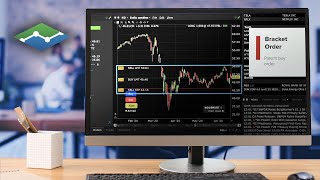
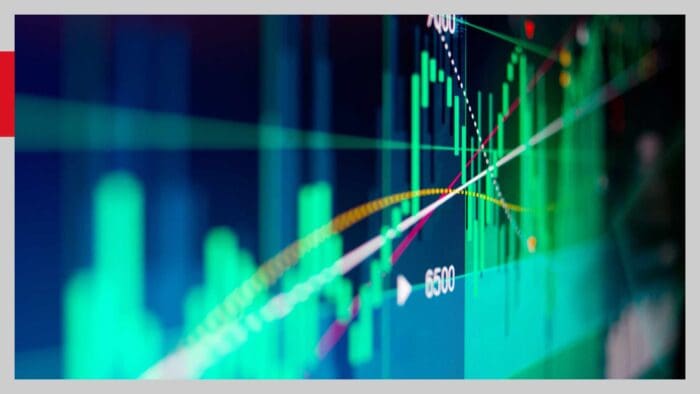
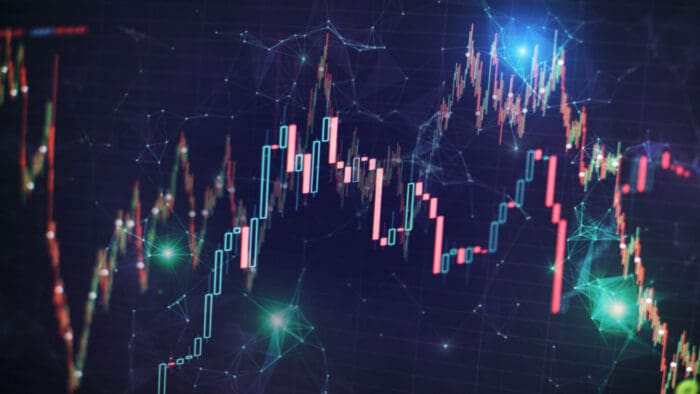

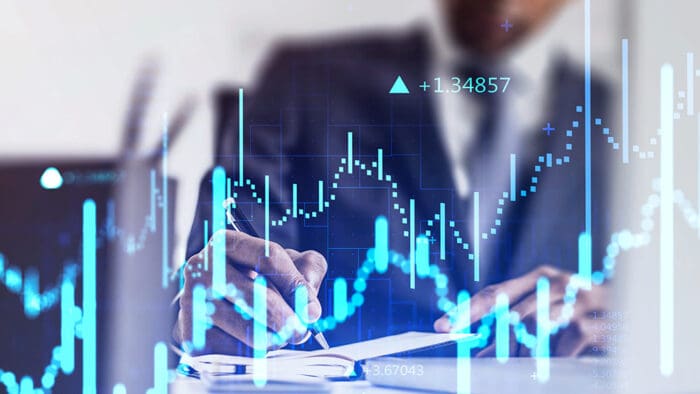

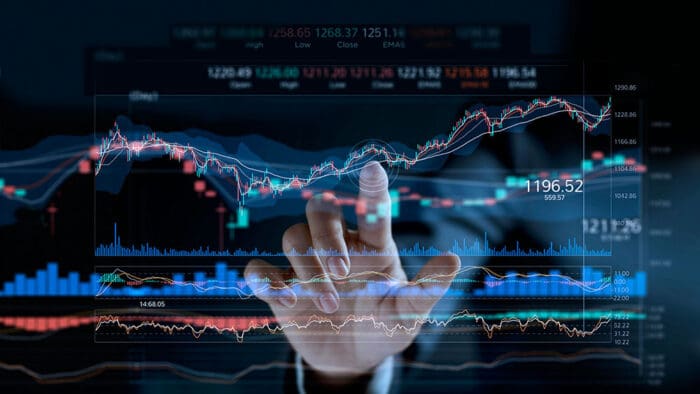

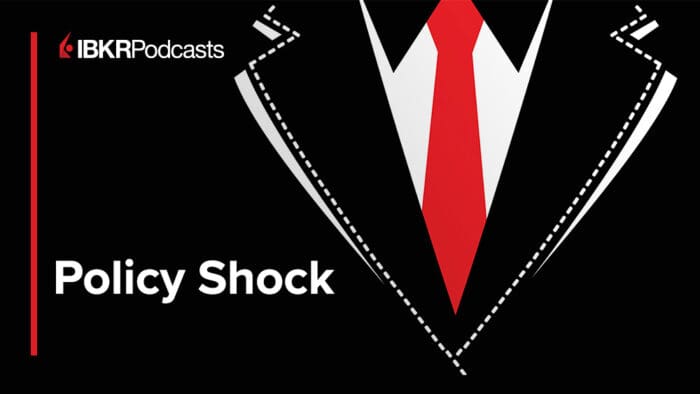

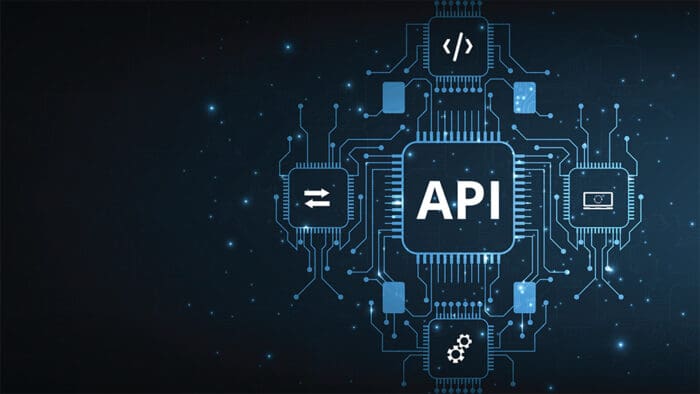
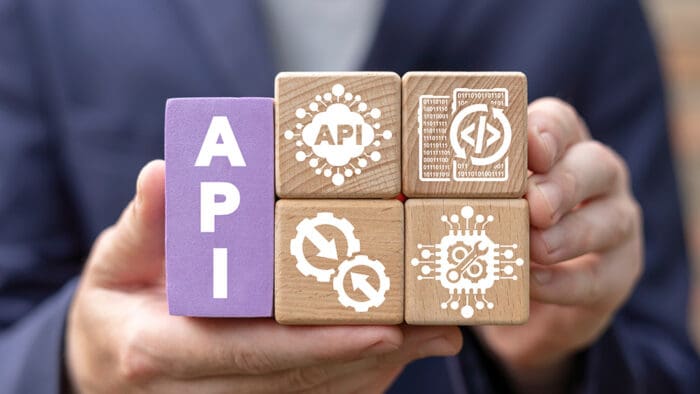




Terrible president = terrible consequences